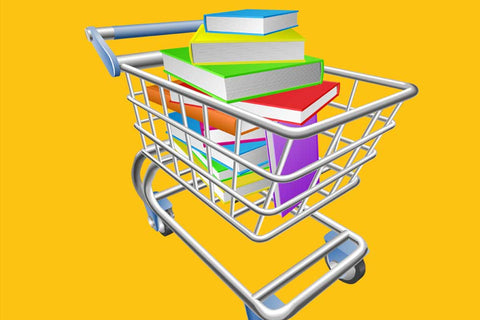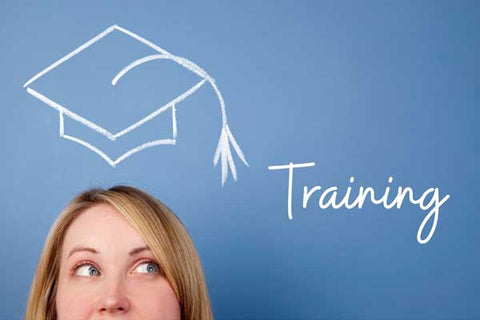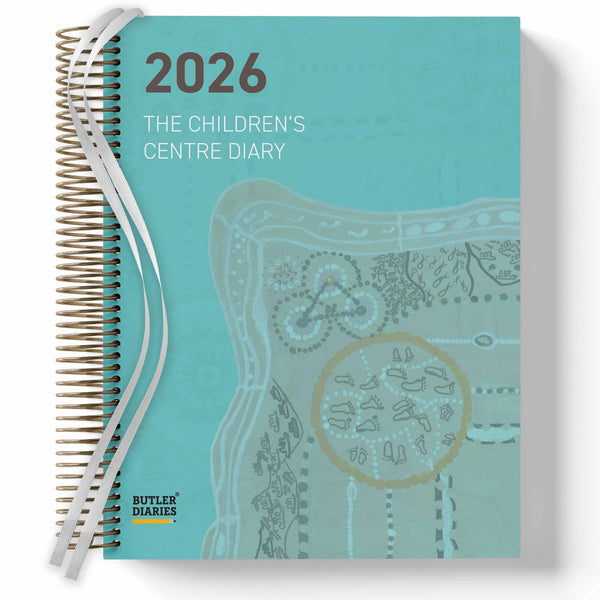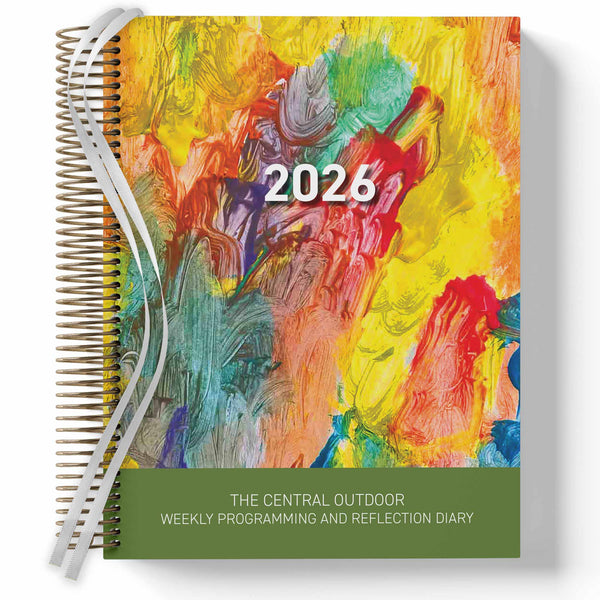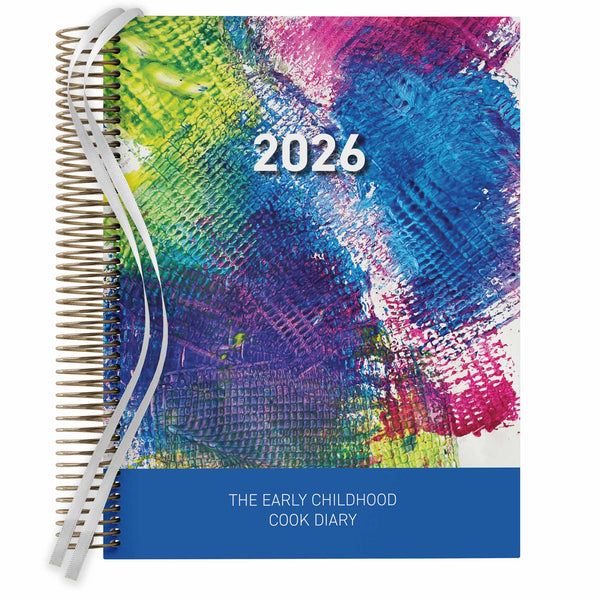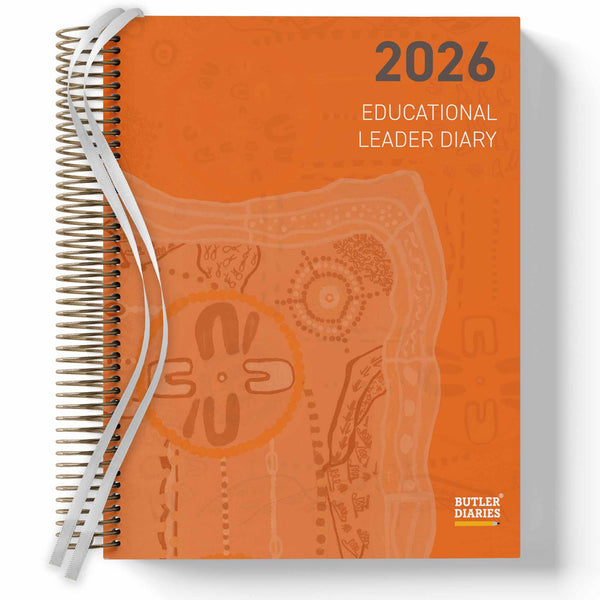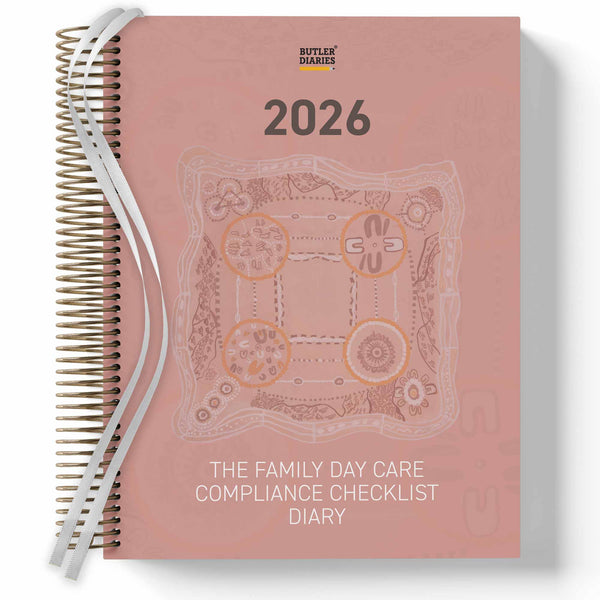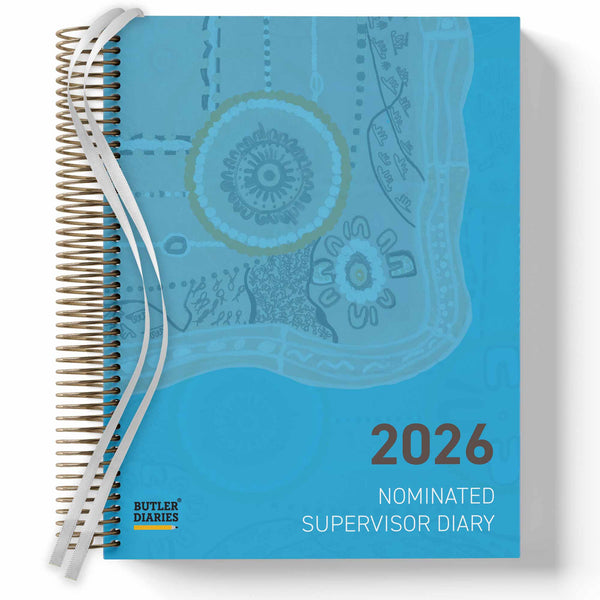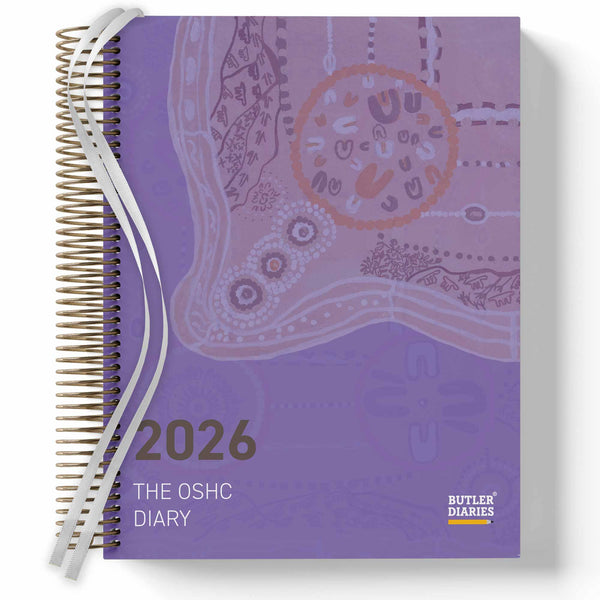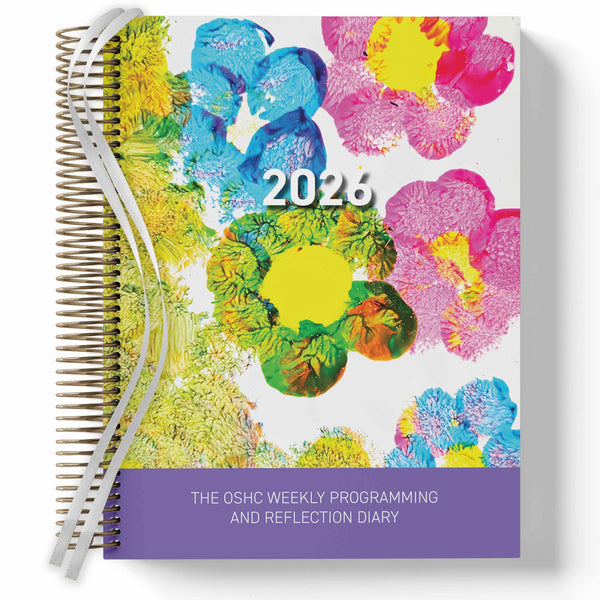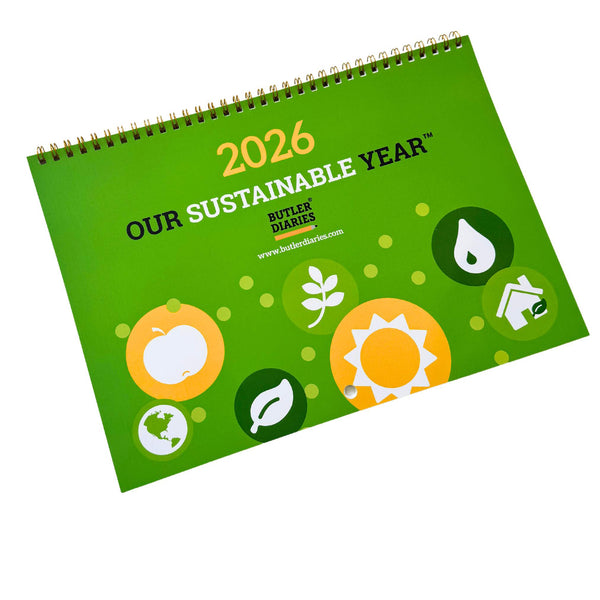Introduction
As early childhood educators, the responsibility to nurture young minds during their critical developmental years is both enriching and complex. Early childhood is a golden period for brain development, with learning and memory processes forming the foundation for lifelong skills. Understanding how to optimise these processes can empower educators to create dynamic, engaging, and effective learning environments.
This article explores seven transformative strategies for enhancing early childhood learning and memory, derived from expert insights on brain development. These strategies align seamlessly with the principles of the Early Years Learning Framework (EYLF) and provide actionable methods for educators seeking to elevate their teaching practices.
The Science of Early Learning and Memory
Before diving into the strategies, it’s essential to understand the neurological underpinnings of early childhood learning. During early years (birth to five years), a child’s brain undergoes rapid synaptic development. This period offers a unique window to instil foundational cognitive and social skills. Effective strategies during this phase can significantly improve memory retention, problem-solving abilities, and overall learning engagement.
Strategy 1: Foster Positive Relationships
One of the most impactful ways to support memory and learning is through nurturing relationships. Secure attachments with educators and caregivers provide children with emotional stability, which enhances their ability to focus and retain information.
Practical Tip: Incorporate consistent routines and responsive interactions that build trust. For example, greet each child warmly at the start of the day and acknowledge their feelings, creating a safe and predictable environment.
Strategy 2: Use Multi-Sensory Learning Activities
Children learn best when multiple senses are engaged. Activities that combine visual, auditory, tactile, and even olfactory elements help reinforce neural pathways, making memory retention stronger.
In Practice: For instance, when teaching about plants, allow children to see images, touch leaves, smell flowers, and sing songs about gardening. This multi-sensory approach deepens understanding while making learning fun.
Strategy 3: Encourage Repetition and Routine
Repetition is a cornerstone of memory development. Familiar patterns and repeated exposure to concepts help young brains form lasting neural connections.
How to Apply: Use daily routines as opportunities for repetition. For example, use the same song or rhyme during transitions (e.g., before nap time or clean-up) to help children associate the activity with the cue.
Strategy 4: Introduce Play-Based Learning
Play is the language of children. It not only enhances creativity but also improves memory and problem-solving skills. Through play, children explore, experiment, and practise concepts in a meaningful context.
Educator’s Approach: Integrate open-ended materials like blocks, loose parts, or role-play props into the learning environment. Encourage children to narrate their activities during play to strengthen language and memory recall.
Strategy 5: Prioritise Active Engagement
Passive activities, such as prolonged screen time, can hinder memory development. Instead, focus on active and hands-on learning experiences.
Implementation: Replace static activities with interactive ones. For example, instead of showing children flashcards, guide them to create their own cards during a craft activity. This involvement fosters a deeper connection to the material.
Strategy 6: Cultivate Emotional Connections to Learning
Emotions and memory are inextricably linked. Positive emotions can significantly enhance the ability to retain information, while stress can have the opposite effect.
What You Can Do: Create joyful, low-pressure learning experiences by celebrating small achievements and encouraging effort over outcomes. For example, use storytelling with relatable characters to teach social-emotional skills.
Strategy 7: Promote Rest and Well-Being
Brain development relies heavily on proper rest, nutrition, and physical activity. Children who are well-rested and healthy exhibit better focus and memory retention.
Action Plan: Incorporate regular movement breaks, outdoor play, and quiet rest periods into the daily schedule. Additionally, educate families on the importance of sleep and balanced nutrition to support children’s holistic development.
Key Takeaways
- Positive Relationships: Build trust and emotional security through consistent, warm interactions.
- Multi-Sensory Learning: Engage multiple senses to reinforce concepts and improve retention.
- Repetition and Routine: Use familiar patterns and repetition to strengthen neural connections.
- Play-Based Learning: Encourage open-ended and imaginative play to foster creativity and memory skills.
- Active Engagement: Replace passive activities with interactive, hands-on experiences.
- Emotional Connections: Leverage positive emotions to enhance memory and learning outcomes.
- Rest and Well-Being: Support cognitive development with proper rest, nutrition, and physical activity.
Conclusion
By implementing these seven strategies, Australian early childhood educators can create enriched learning environments that prioritise children’s brain development. These actionable approaches not only enhance memory and cognitive skills but also align with ACECQA compliance and the principles of the EYLF.
As educators, fostering foundational learning experiences during these formative years is a profound opportunity to shape future generations. By focusing on holistic, child-centred practices, you can ensure every child thrives in their early years and beyond.
Tailor these strategies to your unique teaching context and watch as the children in your care blossom into confident, lifelong learners.
Source: "Enhancing Early Childhood Learning Methods" - My Good School, YouTube, Sep 13, 2025 - https://www.youtube.com/watch?v=Uw7WLcHS_-Q
